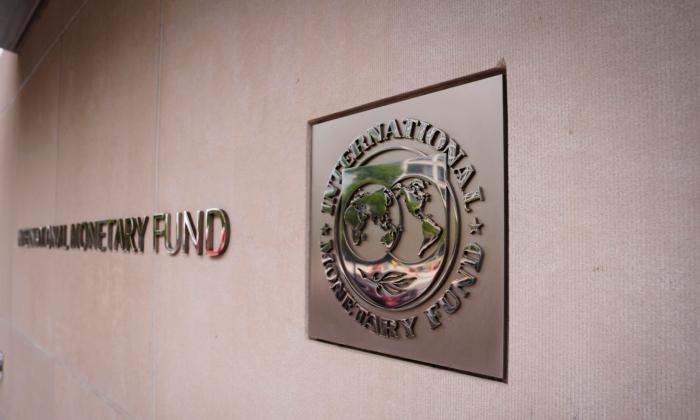According to its U.S. Economic Outlook report for April, 67 percent of baby boomers said they were very concerned about inflation in April, compared to 35 percent of Generation Z adults.
Baby boomers were also slightly more concerned about inflation than Generation Xers (62 percent) and millennials (55 percent).
“Adults closer to retirement have fewer years of wage earning ahead of them, leaving less time for salaries to catch up with inflation before living off fixed incomes,” the study’s authors stated. “Younger adults also may be less concerned because they haven’t known high inflation in their lifetimes and haven’t experienced its downsides.”
The monthly report also highlighted the “financial vulnerability” many Americans face.
Nearly one-quarter (24.5 percent) of Americans lack the savings to cover their basic expenses for an entire month. That’s up from 17 percent from March 2021.
Middle- and high-income households have endured troubles throughout this volatile environment. More than 8 percent of adults from households earning more than $100,000 reported a loss of pay or income in the week ending March 26.

However, low-income earners have witnessed greater income security since the end of the Omicron wave at the end of January. A little more than 13 percent of adults in households earning less than $50,000 revealed a loss of income, down from 15.1 percent in the week ending Jan. 29.
“Despite the improvement, financial vulnerability will remain a challenge,” Morning Consult noted in the study. “High inflation is eroding consumers’ ability to maintain a savings buffer in several ways: First, the nominal cost of a month of expenses is growing, raising the amount needed in savings to cover it. Additionally, inflation is rising faster than incomes, meaning households have less left over to add to savings.”
With borrowing costs expected to rise over the next 12 to 18 months, it could hurt many indebted consumers, especially if the country slips into a recession following a series of rate increases by the Federal Reserves.
“While rising rates should help curb inflation, they also risk sending the economy into a recession. Thus, the challenge for the Federal Reserve is achieving a so-called ’soft landing': raising interest rates to slow down the economy and fight inflation without tipping the economy into a recession,” the report added.
“It’s too early to know if the Federal Reserve can successfully achieve a soft landing. It will take months for the full impact of higher borrowing costs on economic activity to be felt, and borrowing costs are projected to rise throughout 2022, making 2023 the earliest potential read of the Federal Reserve’s success.”
If an economic downturn does transpire over the next 12 to 24 months, which many financial institutions have warned is becoming a growing possibility, this could negatively influence the labor market. For many older adults who are nearing retirement, it might be a challenging period when they are trying to earn more to keep up with inflation before depending on a fixed income in their senior years.
For seniors who are already living on a fixed income and receiving Social Security, the pain of inflation was cushioned by a notable cost-of-living adjustment, or COLA, for monthly payments.
This doesn’t mean inflationary effects on seniors should be dismissed, says Douglas Holtz-Eakin, the president of the American Action Forum.
That said, Holtz-Eakin noted that seniors are more likely to devote a greater share of their budgets to transportation, shelter, and medical services than the overall population.
“Their exposure to the price increases of particular goods and services is simply different from the population as a whole,” he said.
In the end, it’s about preparing and being proactive, says Marguerita Cheng CFP, the CEO of Blue Ocean Global Wealth.






Friends Read Free